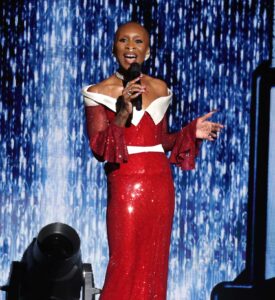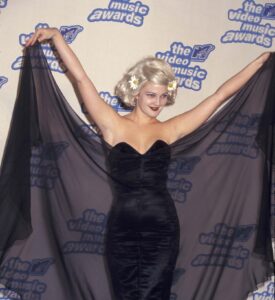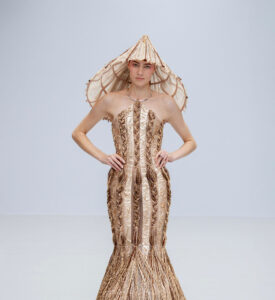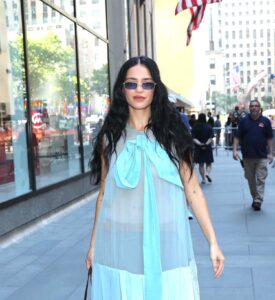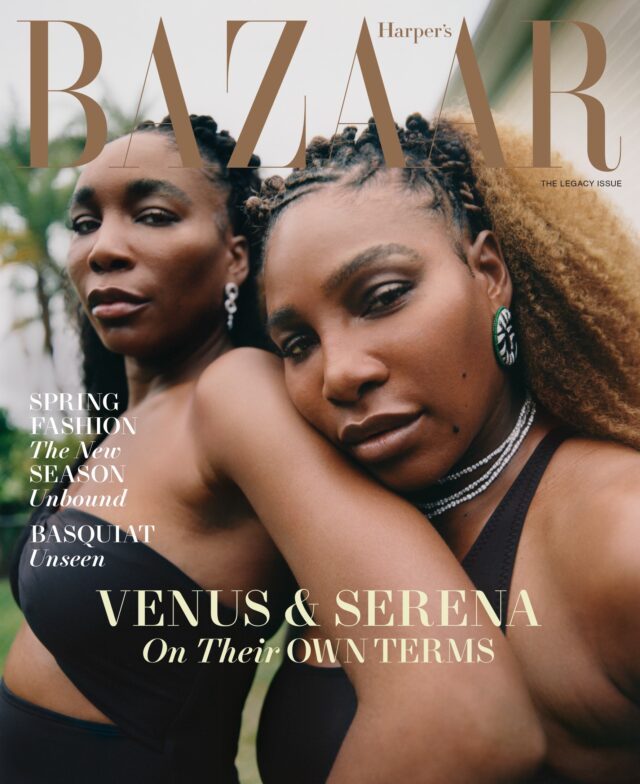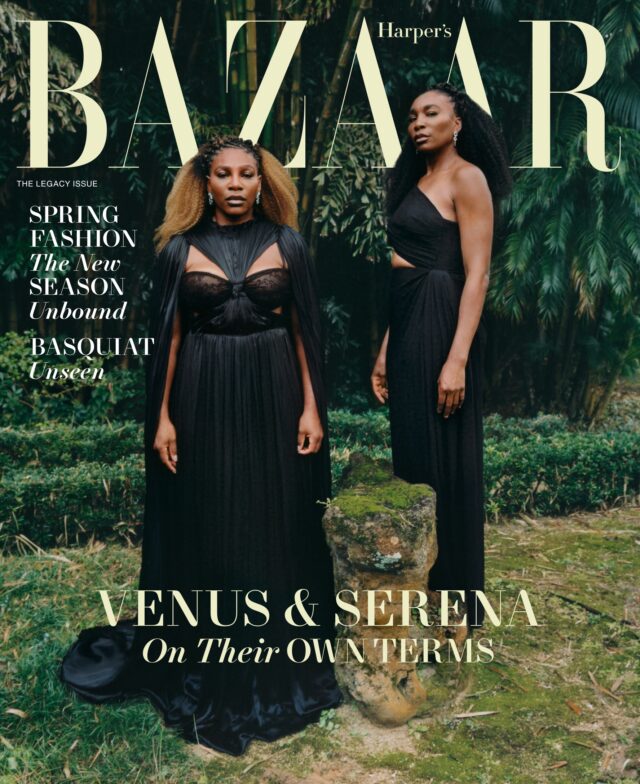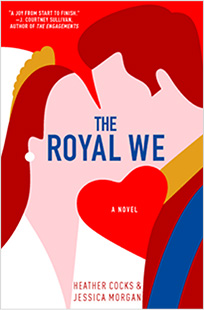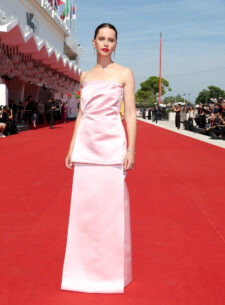The presser for this issue reads, “IN THIS ISSUE, we explore the idea of legacy—what it means to build one or leave one behind and what it means to shepherd, be a part of, or reckon with one. It’s a concept that many of the subjects in these pages have had to confront, both privately and publicly, at various points in their lives.” You can’t say Serena and Venus don’t have an amazing legacy (although in the piece, neither of them really want to talk about it as a direct concept, which I get). I love the newsstand cover; it’s not a composition we see all the time, and it feels cozy and intimate. It leans more art portraiture than fashion photography (because you can’t really see what they’re wearing) and it would be exciting to see more magazines head in that direction for covers.
And I love the setting here and I love how strong they look, but I do admit that I wish Serena wasn’t wearing that particular dress, which I’ve never liked — although the cape aspect, of course, is absolutely correct:
There are some black and white snaps in the editorial that are beautiful, and I sort of wish they were the covers — I wonder if black and white covers don’t sell as well? But it’s the subscriber cover that I think I’d swap, anyway — and a shot of Venus that is incredibly striking and I hope she gets blown up huge and hangs it over her sofa. They also have some gifs of them together which are great. The whole shoot is really good, I think. And the profile, by Tressie McMillan Cottom, is excellent. She writes:
Serena says that Venus carried the mantle for their family when she started competing professionally in 1994. But the mantle was not just for the Williamses. I clearly remember the news reports about two tennis phenoms. More than the stories themselves were the images. They were Black. They were working-class. They were dark complexioned. And they had those beaded cornrows. None of these factors can be overstated for what they communicated to those of us versed in the visual code of Blackness. They are as intricate as quilts and carry as much history in every woven stitch. Those braids said that these were girls who spent hours sitting between some Black woman’s knees, playing hand games and telling stories as beads were woven through cornrows. We may not have heard as much about the girls’ mother as we did their very public father, but those braids said everything we needed to know. They were Black like how I was Black. That is why Venus and Serena smiling from a clay court felt more revolutionary than Tiger Woods would seem on the golf green when he made his professional debut a year after Serena made hers. Golf is a sport dictated by the passive-aggressive displays of gentility of upper-class white male power. Women’s tennis must contend with the fierce tension between the intense athleticism needed to play the sport at a professional level and its origins as a display for white upper-class femininity. Woods, in his khakis and with his insistence on not being described as fully Black, conformed to the edicts of his sport in a way that the Williams sisters never could in theirs and weren’t even interested in trying to do.
The whole thing is pull-quote worthy, and so thoughtful and interesting. I am a major Serena and Venus fan, but it is a great read for anyone; it’s only February but I think it’s one of the best profiles I’ve read so far this year.
